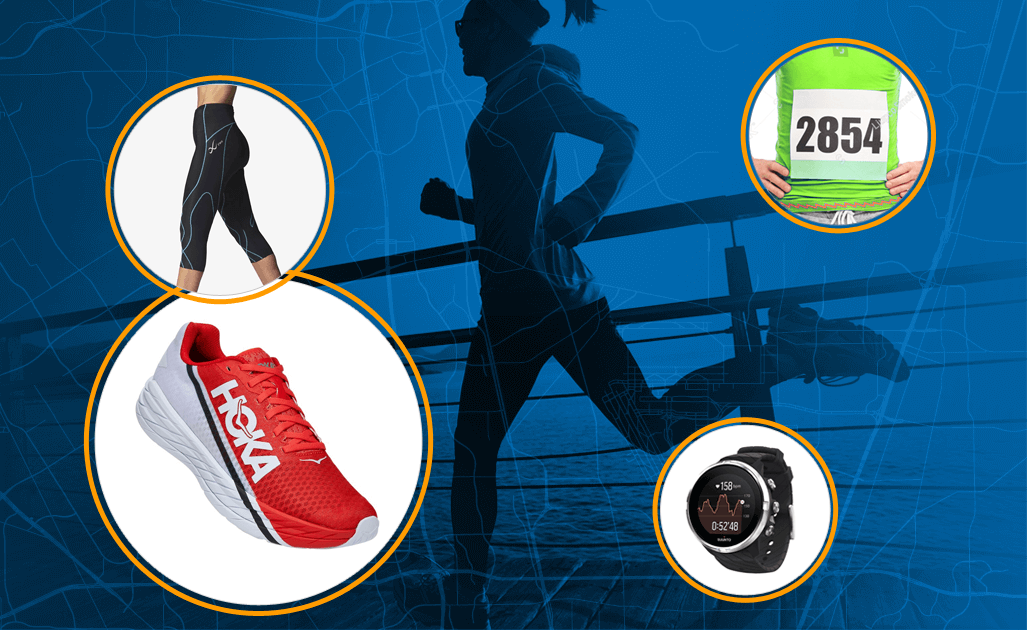My mom tells me that I have been running light and free since the moment I could walk. At six months old, she says that my twin sister and I would crawl as fast as we could into the woods, and when we were one, we ran, together, without supervision, for hours, exploring, climbing, running…
You see, going light and free remains my natural state.
Clearly, “gear” was not in my vocabulary back then or even as a novice trail runner at age 11 in the early 1990s, when my runs transformed from wild escapades with my twin to planned, solo, intentional endeavors.
I wore Keds, Airwalks, flannel shorts and oversized cotton t-shirts and never took water or fuel. Of course, those runs were short, never more than an hour, and if I got hungry, I ate wild black raspberries or dandelion flowers and chewed on sassafras twigs. I drank from streams, and in the winter, I scooped up snow to quench my thirst.
During my high school years, when trail runs neared the two-hour mark, I stayed true to going light and free, not because I thought it was the best way, but because it was the only way I knew.
Later, in my 20s, when runs became longer, harder, I used eight-ounce hand-held water bottles not specifically designed for running but good enough and easy to refill in a fresh, babbling brook.
In 2010, things changed. I began reading maps, tracking distance, craving more.
I bought a CamelBak hip pack that held a small reservoir of water, and, because I like versatility in my gear, I also used it for mountain biking.
In 2012, when I began trail racing, things really changed. The hip pack was dry rotting and fraying, simply falling apart. What now?
I tried larger hand-held bottles and made the mistake of carrying two 24-ounce bottles for a trail 25K. Longing for free hands, I needed a different fueling solution.
Then came the running vests.
First, I chose a Nathan running vest based on price – it was much less expensive than the others at about $70. After using it in a few trail races from half marathon to marathon distances and encountering problems, an upgrade was in order.
When the quest for a new vest began, I balked at the prices. Why were they so expensive?! They cost as much as a pair of quality running shoes if not more. I guess, like running shoes, one must never go for the cheap ones.
And so it went for choosing a vest suitable to ultramarathon trail running.
As I read review after review, I most appreciated the ones where the user supplied her measurements and corresponding vest size. Thus, I have provided my measurements for you in the hopes that it helps you narrow down your size.
Size of all three vests reviewed: Small
Height: 5’ 3 ¾”
Weight: 120-125 pounds
Waist: 27.75 inches
Chest/bust: 34 inches
Hips: 34 inches
Now, here are the vests, listed in order of how long I have owned them.
I purchased the Vaporhowe for a trail 50K. At first run, I loved it. It was exactly what I wanted and didn’t know I needed after all these years. The Vaporhowe accompanied me on all runs, all year. I began carrying a mini first aid kit, because I could, and my phone, just in case. Extra layers? Yep. More snacks than needed? Yep. The vest-style felt like an extension of my clothing, my body, and moved with me. I have never looked back to the hand-held bottle or hip pack days.
Purchase date: June 2018
Favorite features: Lightweight, breathable, comfortable, wrap-around, stretchy side pockets for easy, non-stop stashing of food and two front pockets compatible with removable flasks
Most common uses: These days, I use it mostly for summertime trail runs of distances under 13 or so miles, when I want the most breathability and am not carrying much. Prior to purchasing the Salomon (below), it was my go-to for all runs.
Other uses: Twice in the biking and running portions of triathlons (one regular, one off-road) and for mountain bike rides lasting more than two hours. I’m not suggesting you purchase this vest for triathlons or mountain biking – I use it in these ways because it gets the job done.
The most things I’ve loaded into the Vaporhowe in one go: Two-liter reservoir, one baked sweet potato, Justin’s almond butter packets, half a bar of organic dark chocolate, orange slices, an iPhone, a small fist aid kit and two Nathan collapsible flasks
Cons: I wish it were gray or black or dark blue! In all seriousness, a real con is that when wearing only a sports bra, it causes chafing on my mid-back. I solve the problem by wearing a tank top, not my preference on hot summer days.
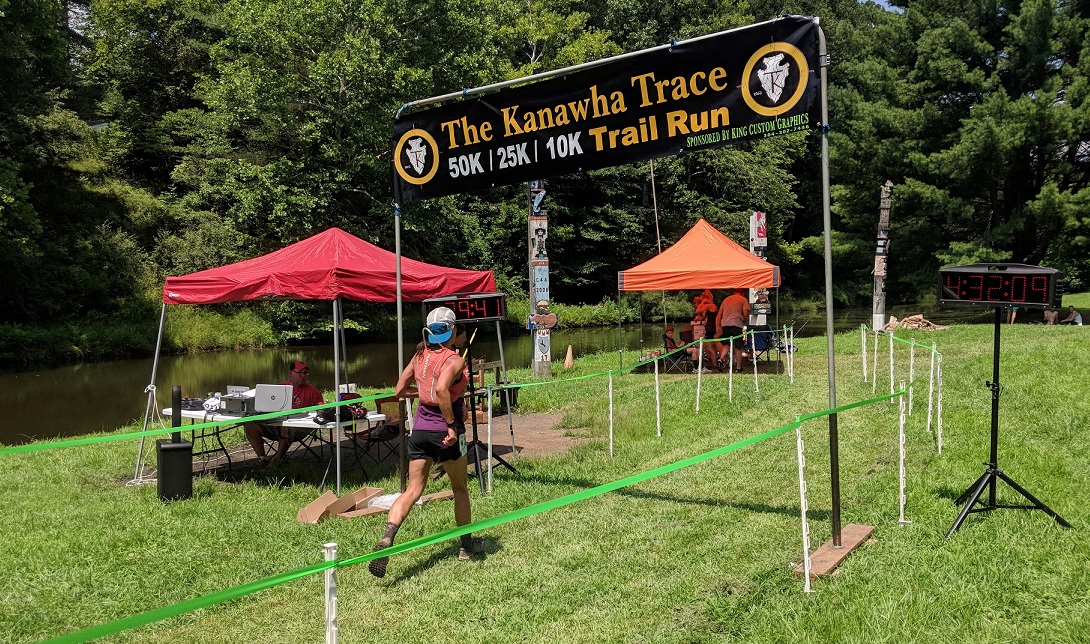
After a wonderful year running and racing with the Vaporhowe, my dreams began to outgrow this beloved piece of gear. I did not want to completely replace it yet sought something that would work for new aspirations. For one, I wanted a similarly comfortable vest with running pole carrying capacity for my new Leki Micro Trail Pros. Second, I wanted to delve into Fastest Known Times, unsupported and solo, requiring more storage capacity.
My search led to vest number two…
Purchase date: Dec. 2019
Favorite features: Everything! Stretchy front and side storage pockets that never seem maxed out; a large zipper compartment in back for just-in-case items (in the winter, this includes Patagonia Houdini windbreaker pants, a Patagonia Nano Puff Vest, Gortex gloves and hand warmers); adjustable across-the-chest straps; comfortable, awesome fabric in my favorite blue color; fits like a glove and does not shift or bounce; fits well over four layers in cold weather; holds poles in the straps designed for it but also in the back zipper pocket and, my preference, very well in the deep front pockets; two collapsible flasks that sit in two front pockets; and it can carry a larger hydration reservoir than described in the specs on the Salomon website (see photo below)
Most common uses: All trail runs, Fastest Known Times and races
Other uses: None – I reserve it for trail running only
The most things I’ve loaded into the Salomon ADV Skin 8 in one go: One large baked sweet potato, half a bar of dark chocolate, six dates, ¼ cup almonds, 24-ounce collapsible flask of brewed, iced Yerba mate tea with honey (stowed in back zip pocket), two 15-ounce Salomon collapsible flasks (included with purchase of vest, by the way) filled with fluids, a two-liter hydration reservoir, a Buff, Leki Micro Pro Trail running poles, Aftershokz Titanium Mini headphones and an iPhone.
Cons: The hydration tube does not stealthily fit through a hole in the shoulder strap like the Vaporhowe. Instead, it comes around the top of the shoulder, exposed, and sometimes my hair sticks to and tangles itself around the tube.
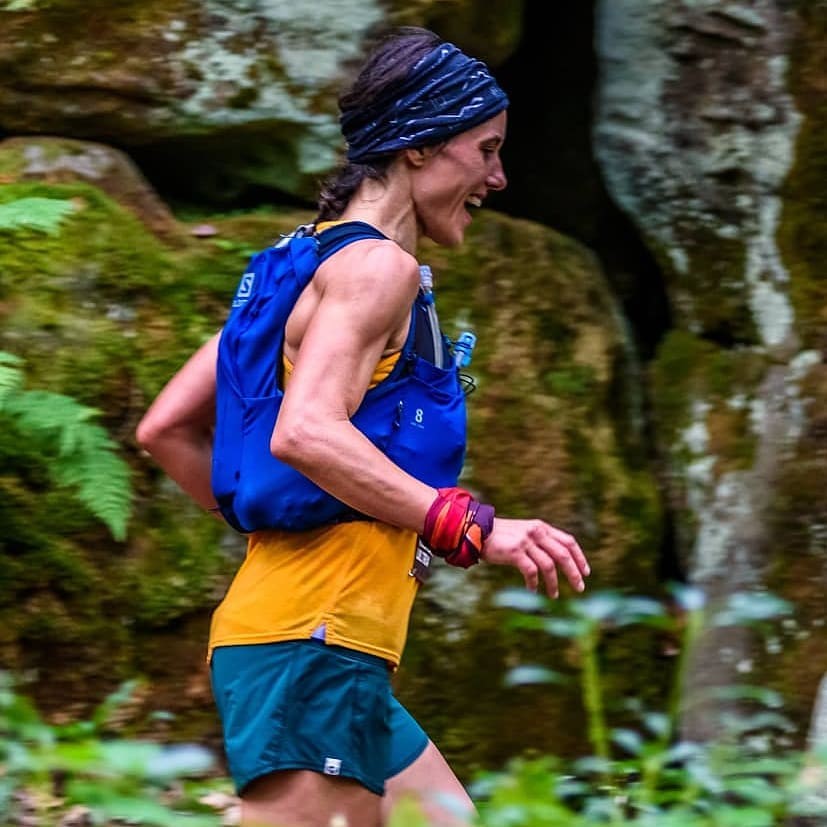
Before the race pictured above, I had the idea that I would use two vests – one to begin the race and one packed and ready as a drop bag, which I could simply swap out. Also, I wanted to find a vest that could hold three liters of water, and the UD Vesta said it could. So, when the reservoir and Vesta arrived, I was stoked to try them. However, the Vesta was a disappointment, and, it turned out, the three-liter reservoir fit into the Salomon. I did not use the Vesta in the race but instead opted for zero drop bags and carried everything I needed in the Salomon ADV 8.
Purchase date: August 2020
Favorite features: Color? Does that even count?
Most common uses: Backpacking and hiking with my sons
Cons: As far as running goes, this vest has no feature that surpasses that of the Salomon or Nathan Vaporhowe, in my opinion. I used it a few runs, and the lack of large, stretchy front and side pockets did not appeal to me. I could barely fit a sweet potato in the front zipper pocket, and there was only room enough for small snacks in the very few tight, tiny pockets. Removing gloves or hats meant I had to remove the entire vest in order to stow anything away into the back pockets, which are, on the bright side, nice and roomy. Furthermore, it feels more like a pack than a vest as it sits too low on the back, and it simply is not as comfortable as the top two.
Not wanting it to go to waste, the UD Vesta is now reserved for hiking and backpacking with my sons.
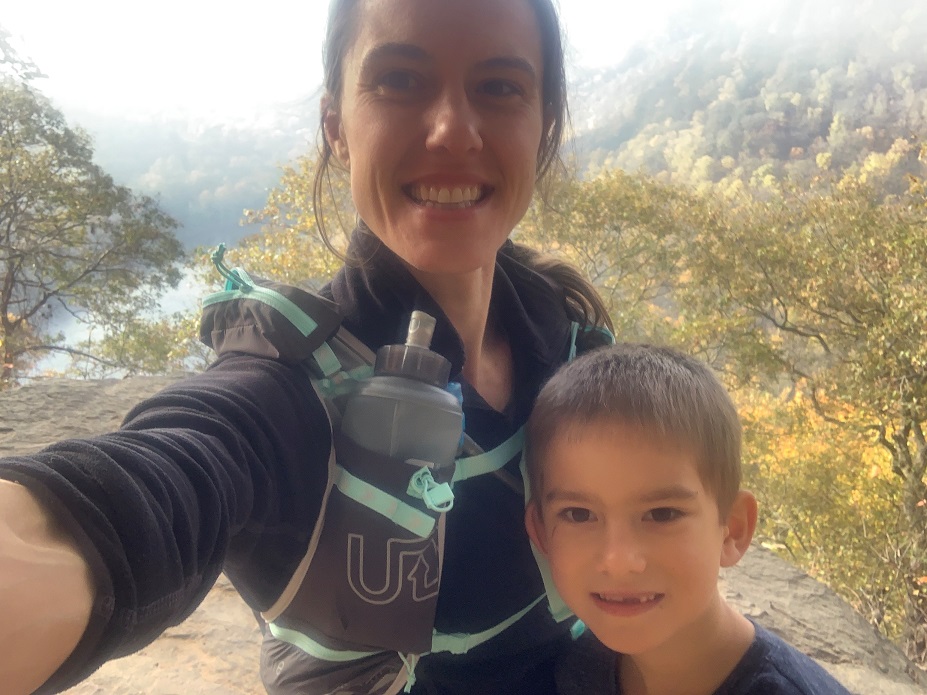
And that concludes my running vest story.
All in all, I love the Vaporhowe and Salomon ADV 8. The security of being prepared, having everything I need on my back, elicits the same light and free feeling I had as a child running happy-go-luckily through the woods.
Thanks to the vests, I am not drinking from streams anymore (unless I filter it). Yet, I still love sassafras, and you may find me scooping up snow and eating wild berries.
I hope this helps you find your best vest, and, even more importantly, to find your carefree, happy inner child outside on the trails!

Login to your account to leave a comment.



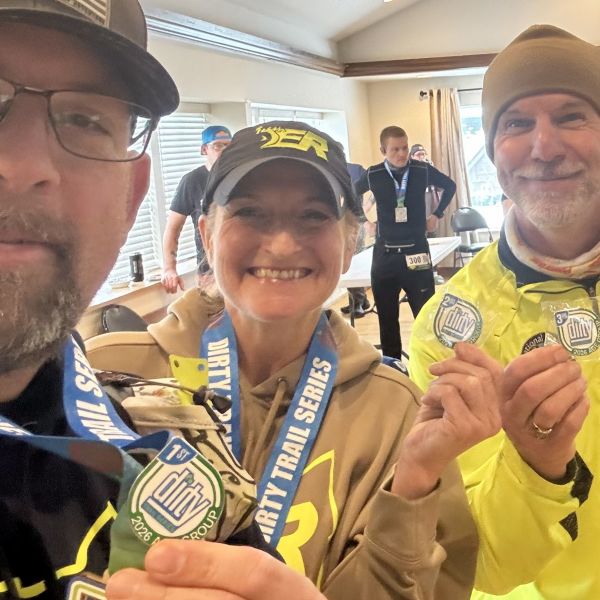

We Want to Give it to You!
